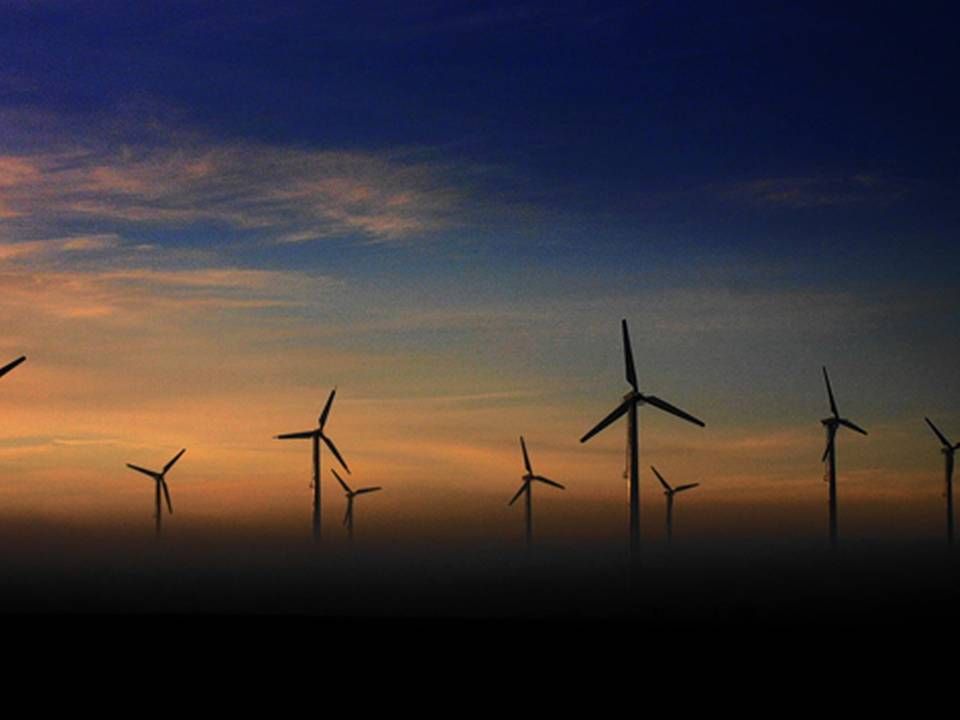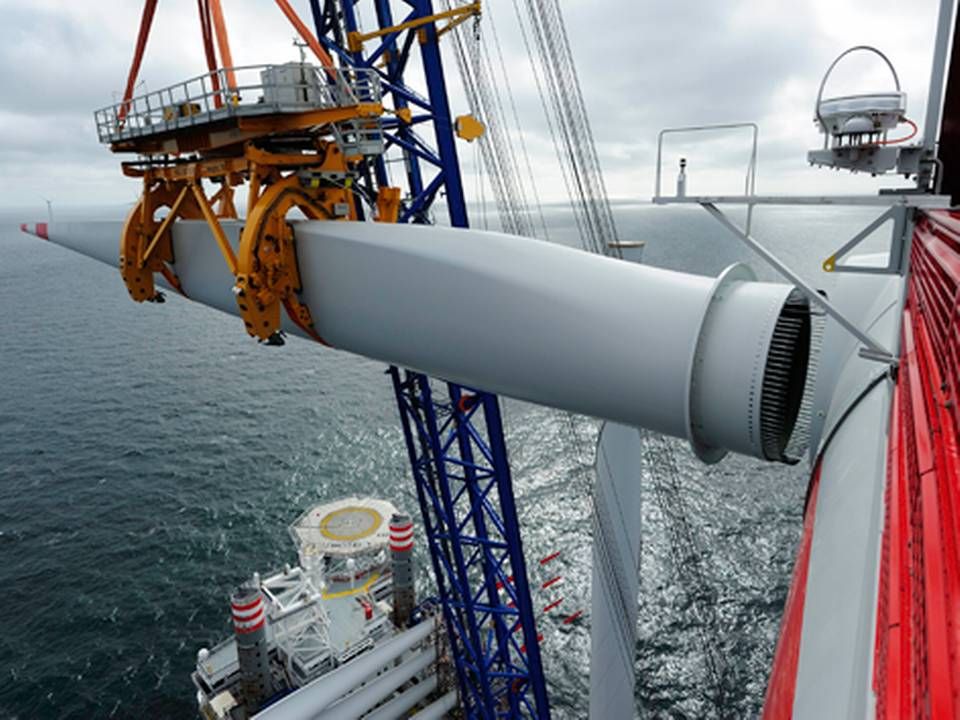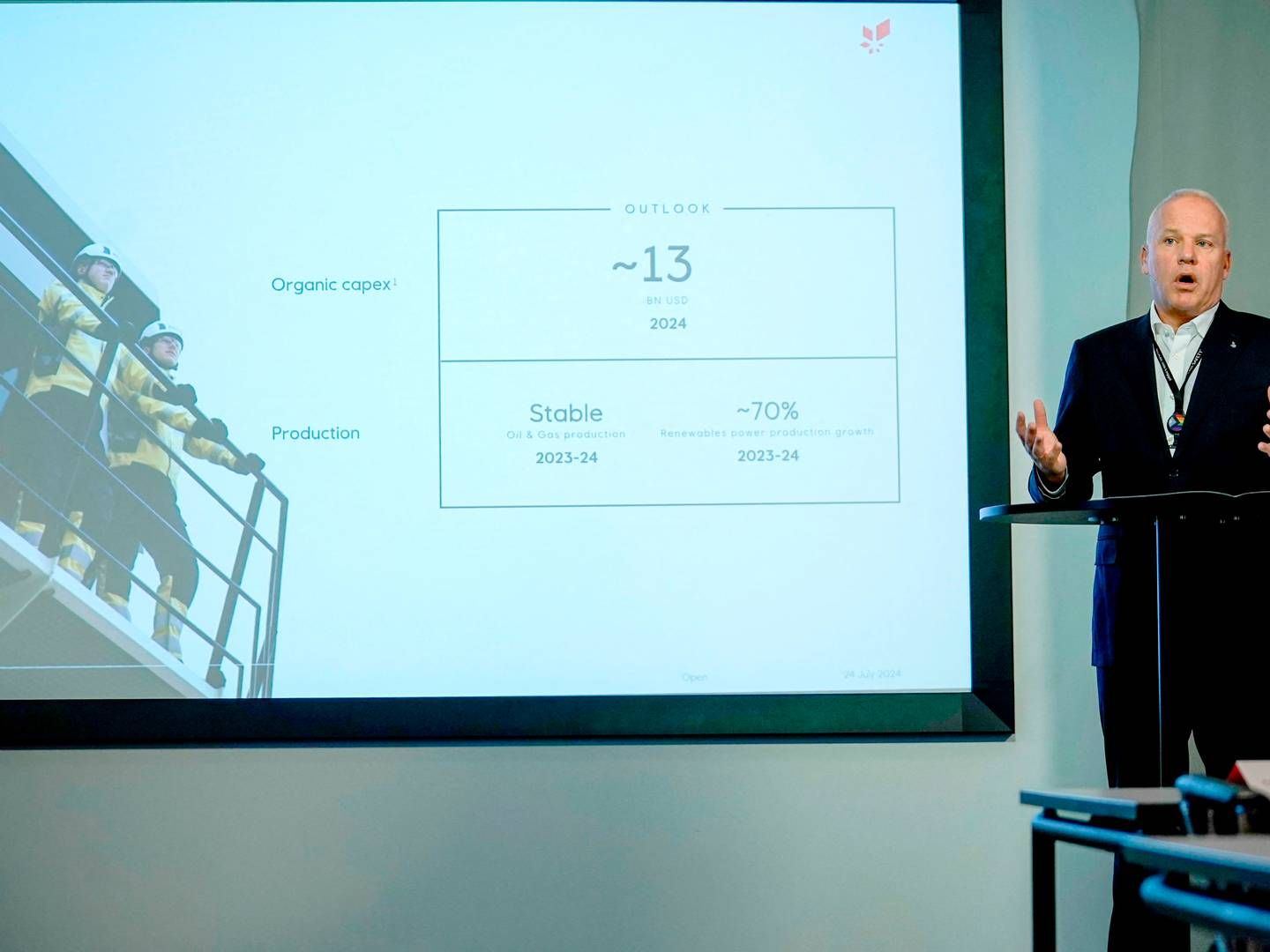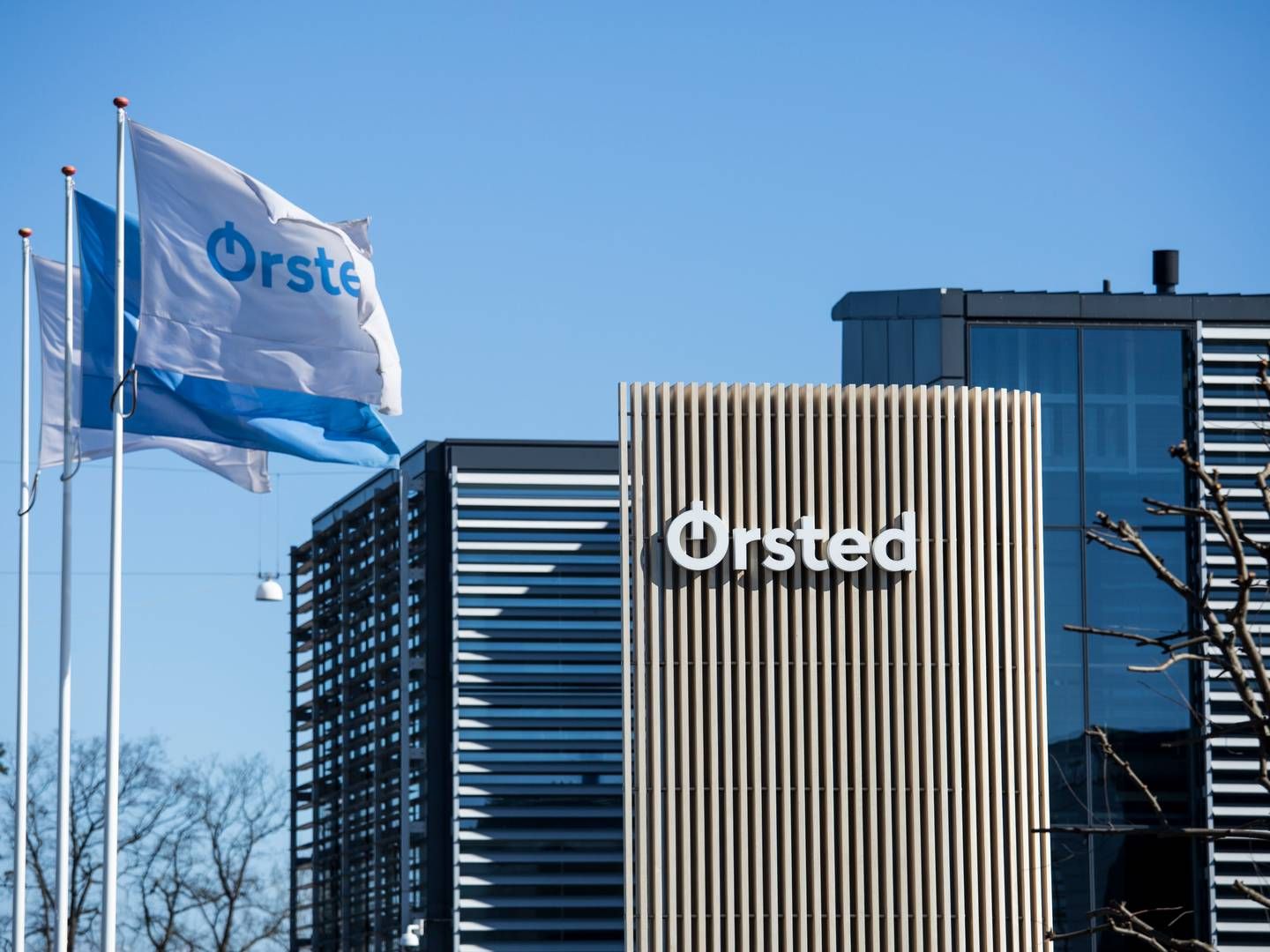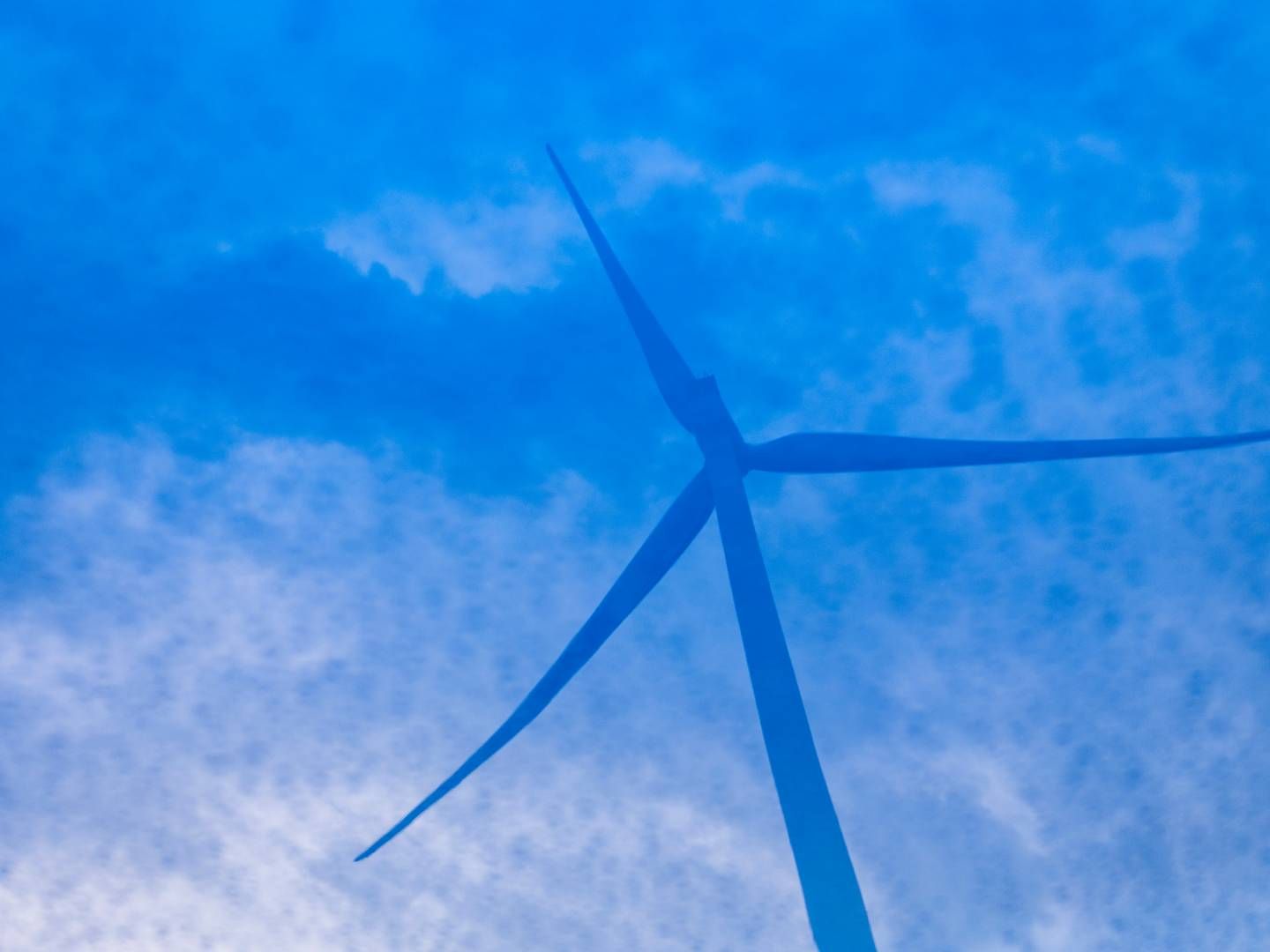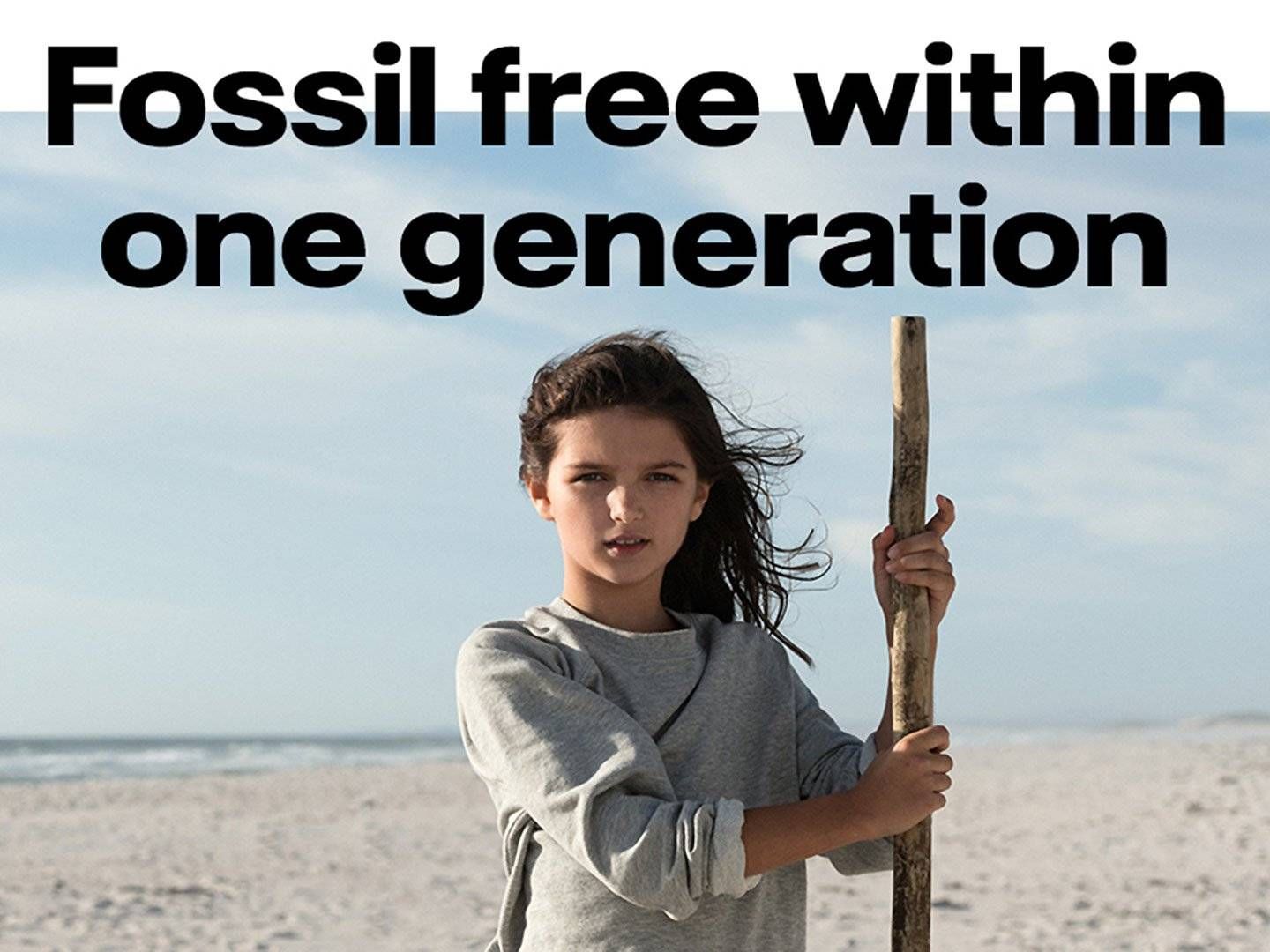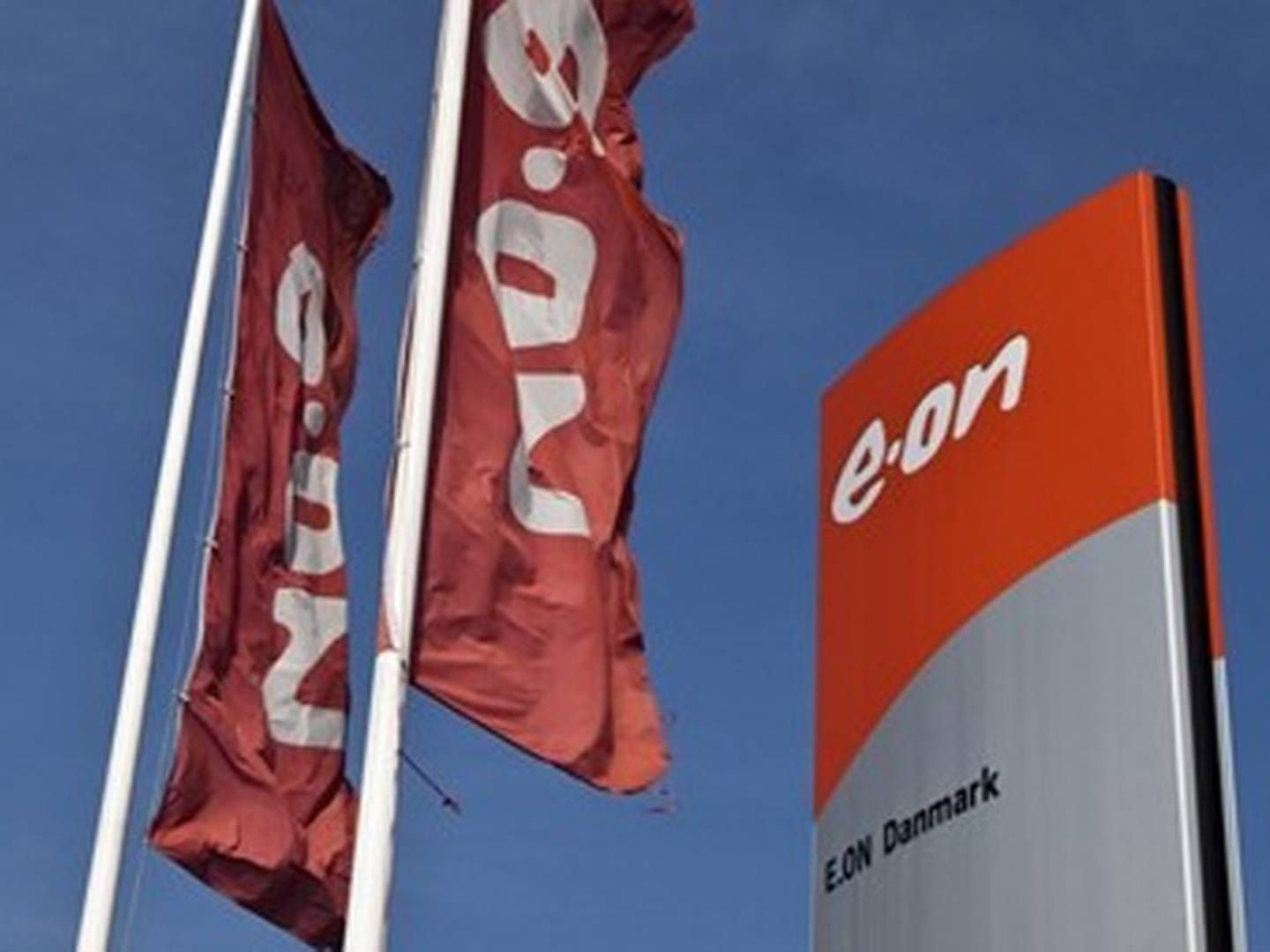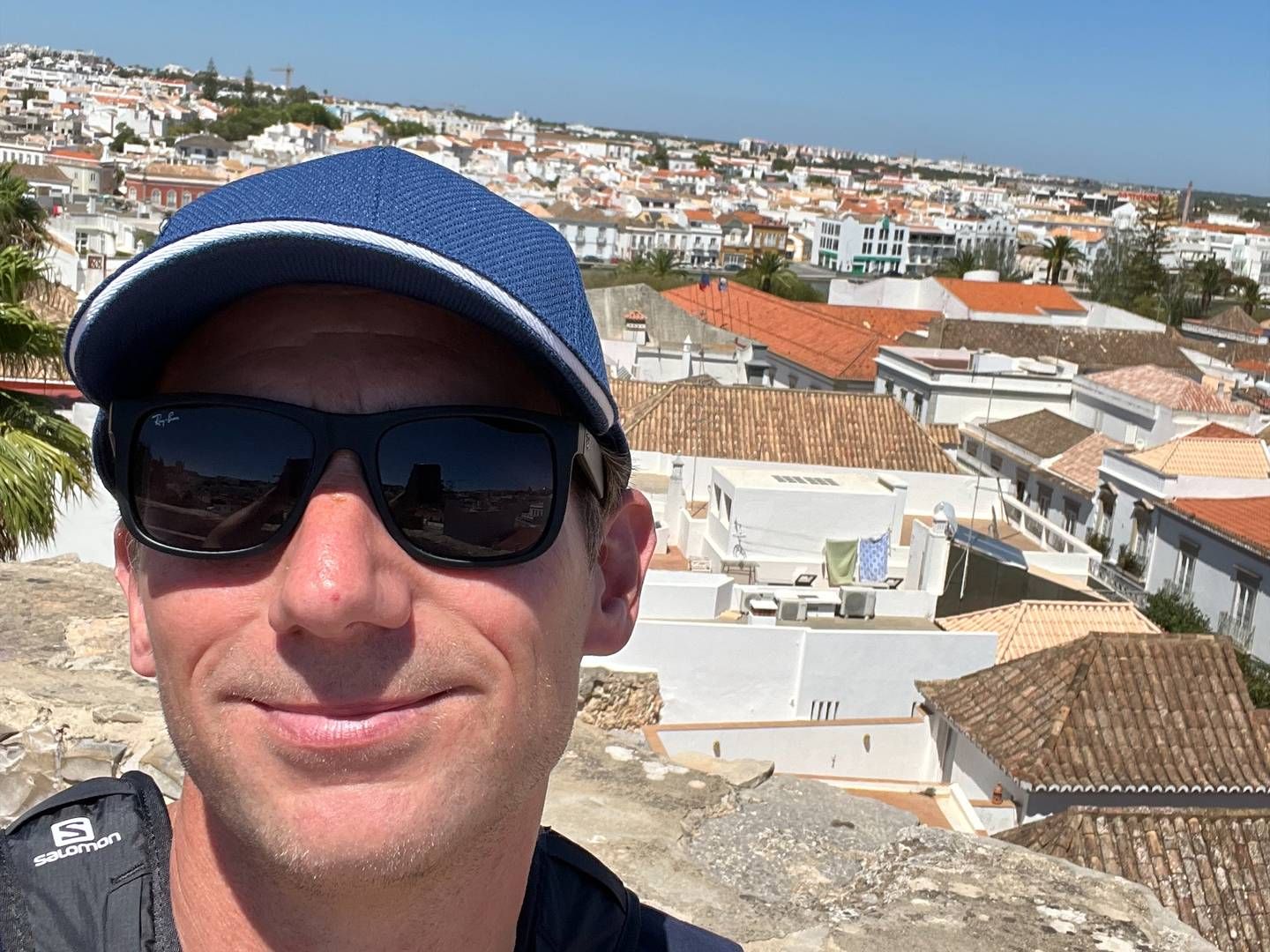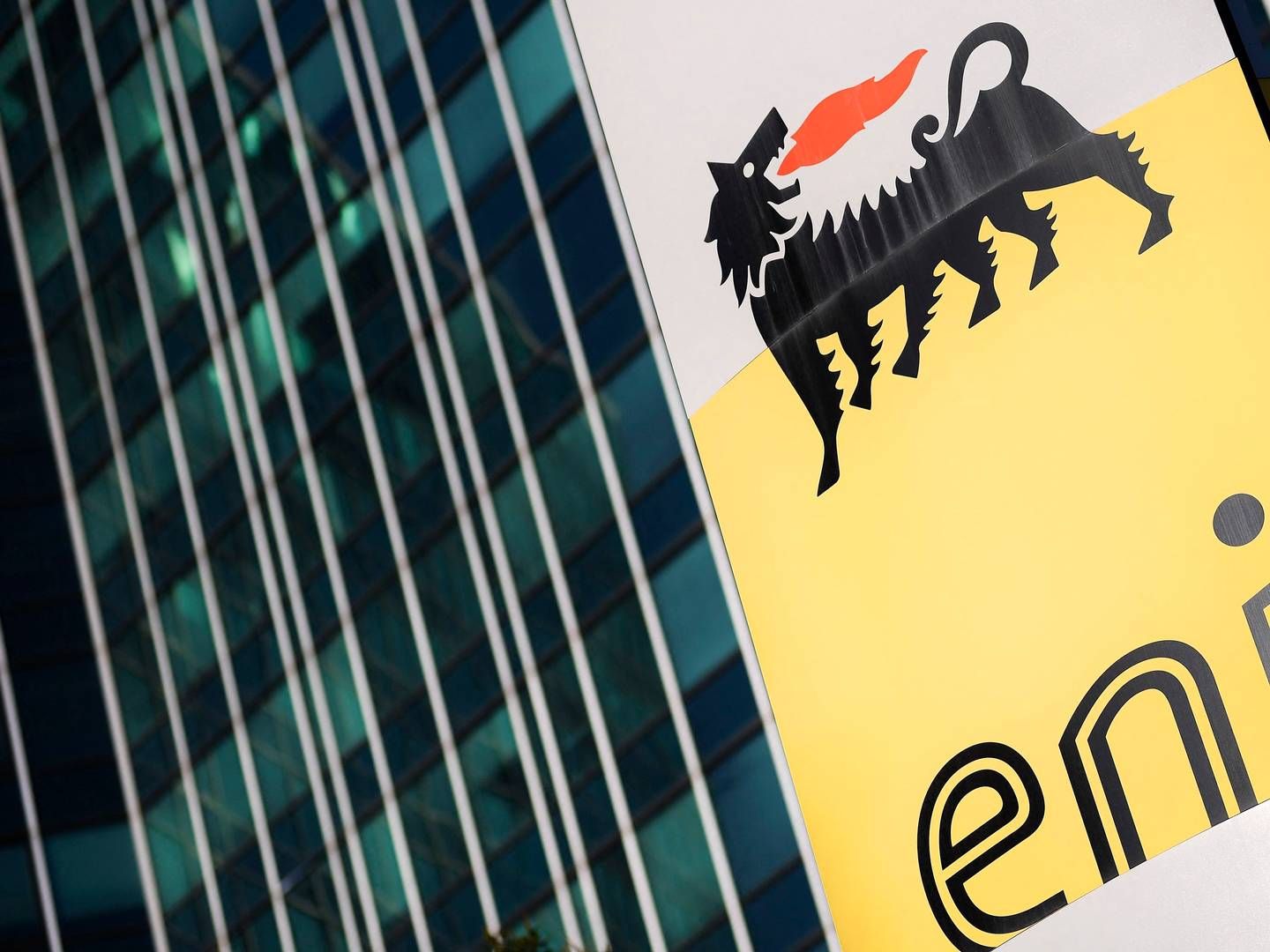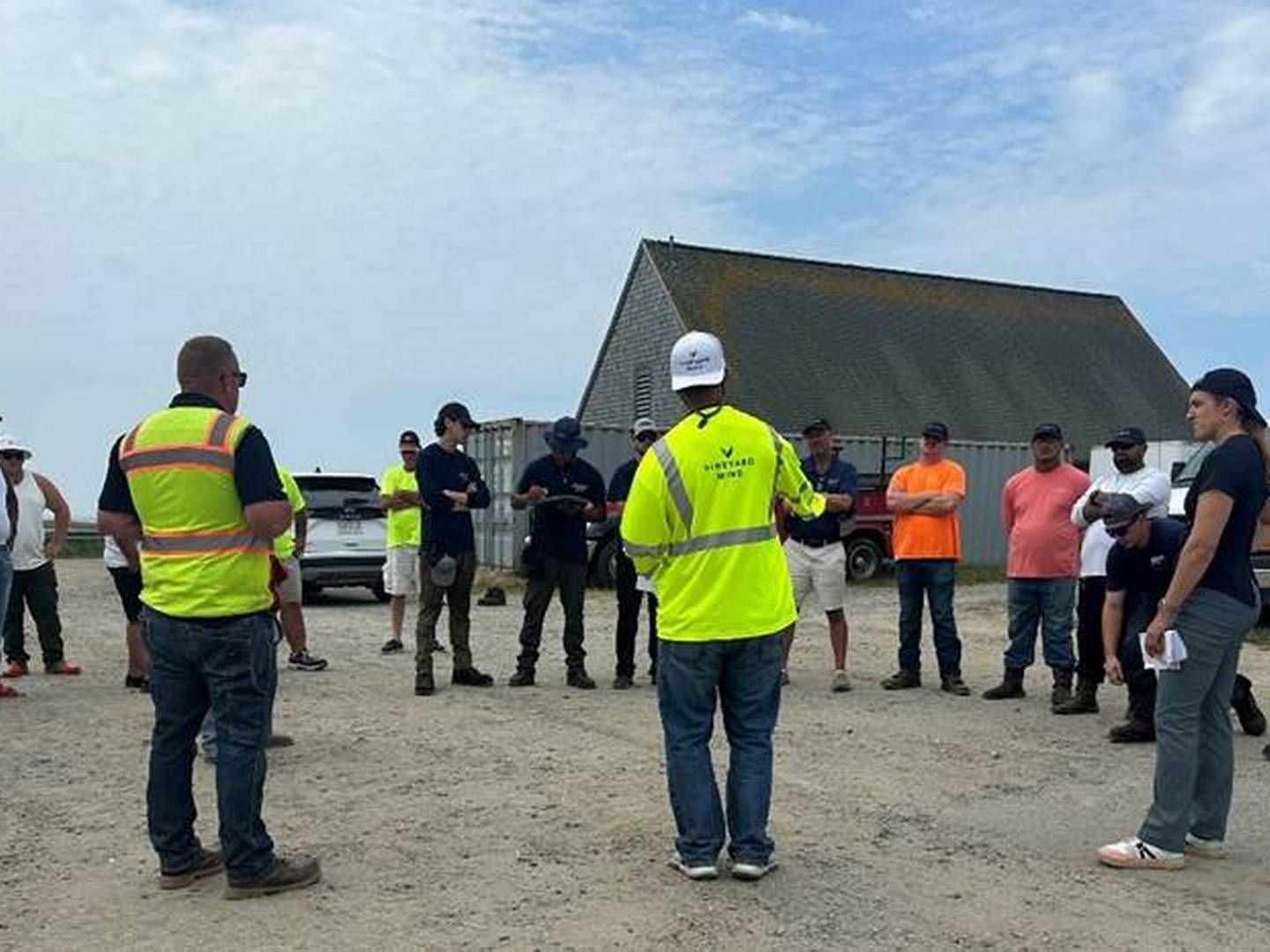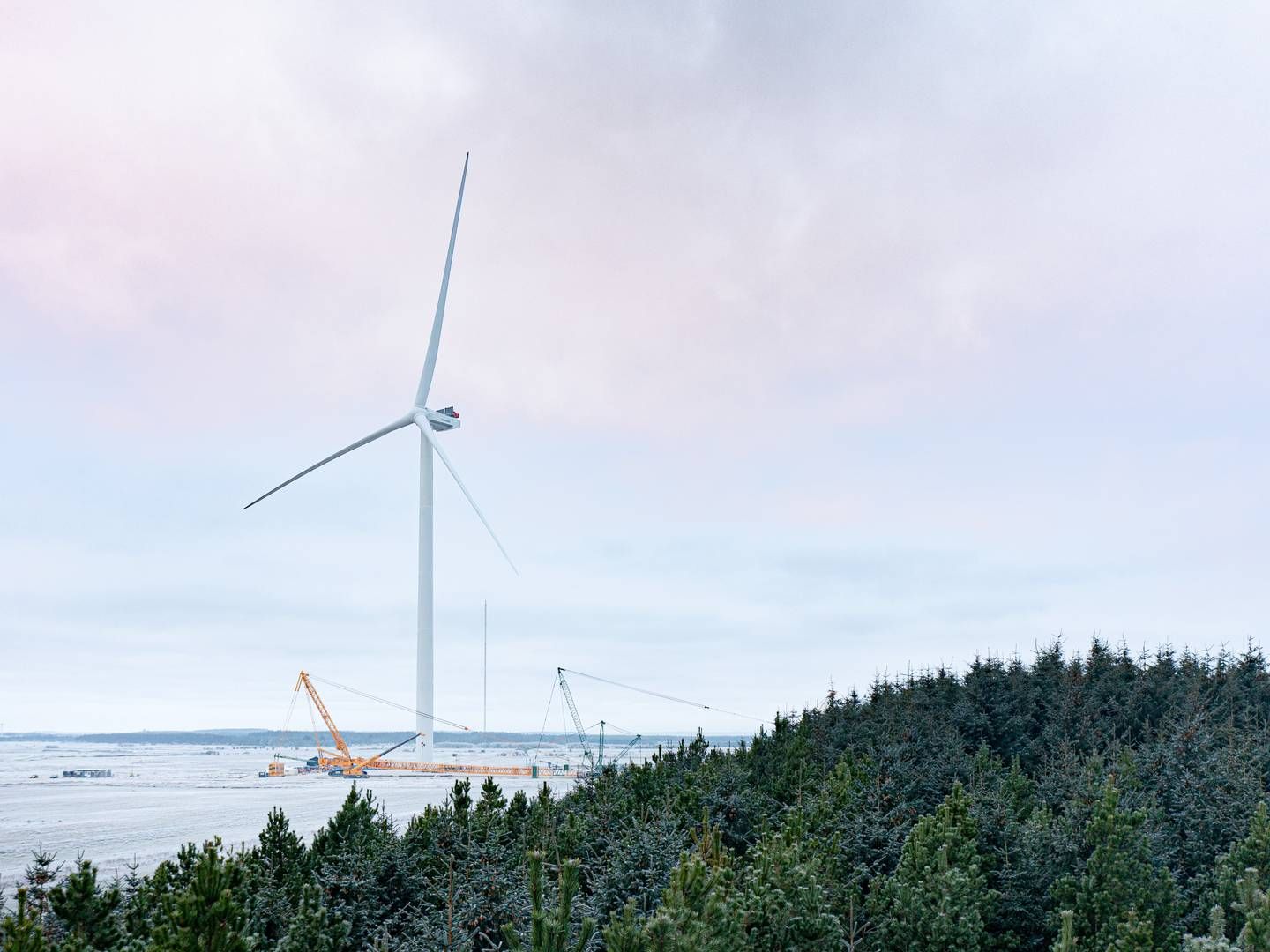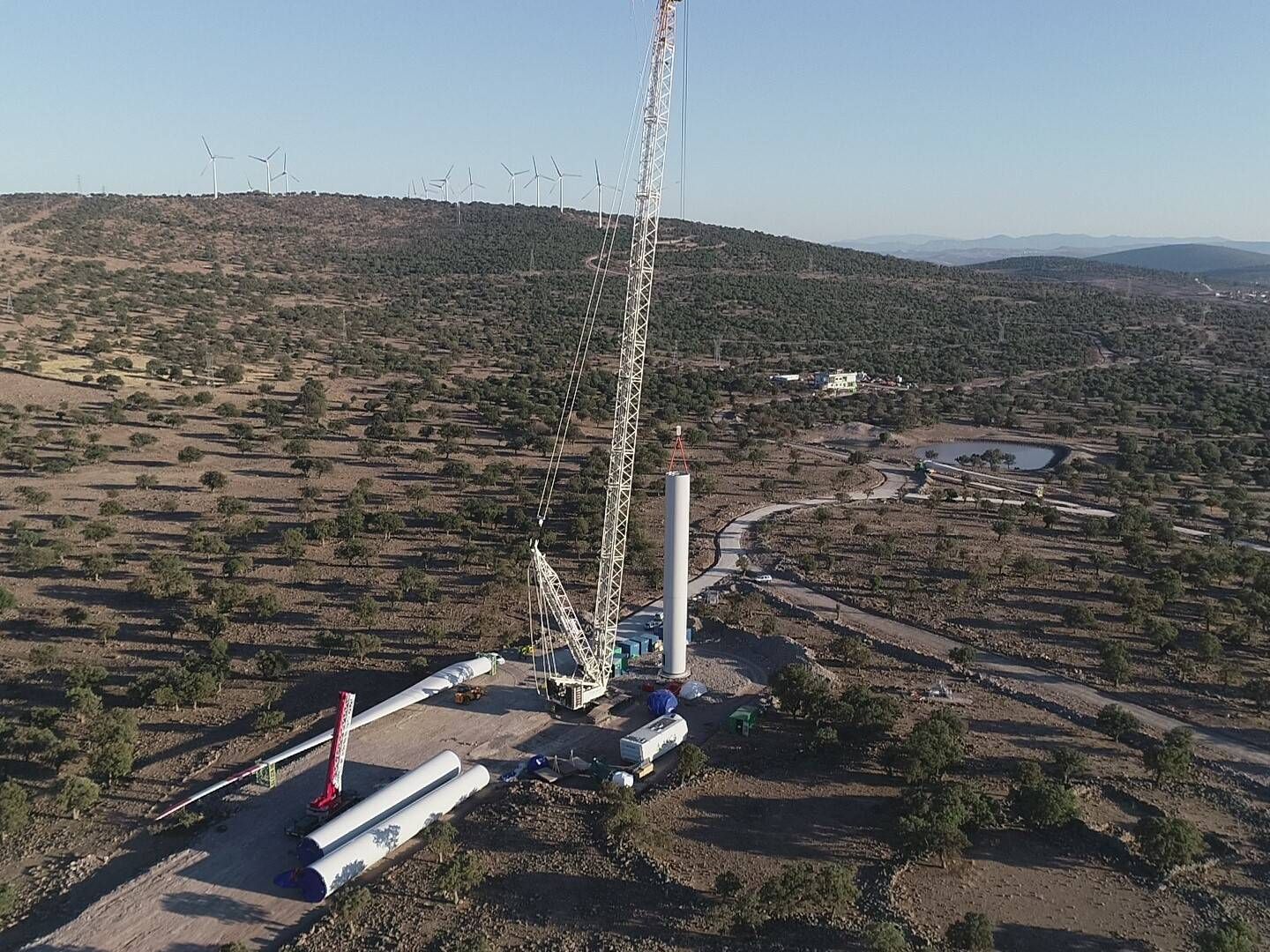Wind turns around for Vestas: price increases 10 percent
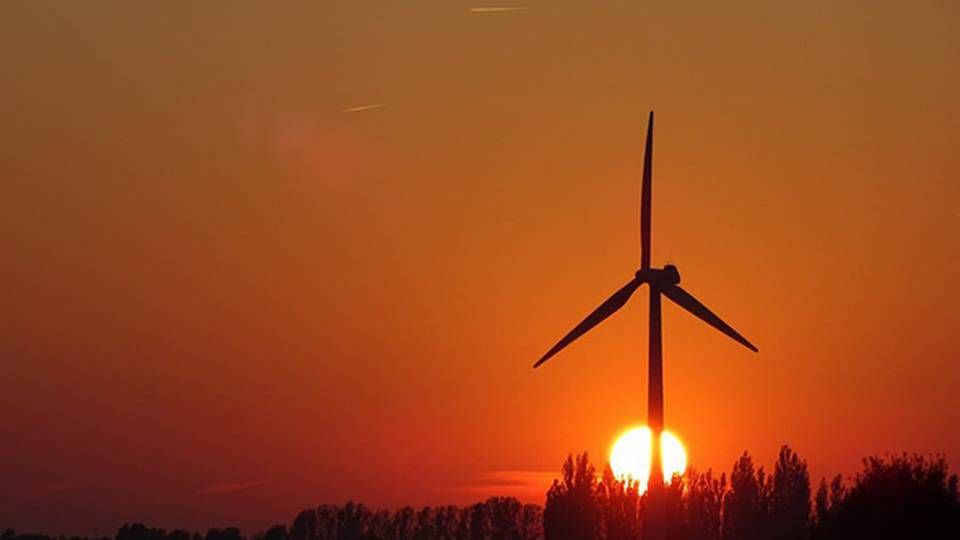
Vestas is able to register increasing prices for its wind turbines for the first time since the end of 2016. In this year's third quarter, the turbine producer booked an average price (ASP) of EUR 0.78 million per MW, which is the highest since Q3 of last year. Measured relative to the previous quarter the increase is up by 9.9 percent.
Vestas received orders in Q3 totaling 3,261 MW, which in rounded figures is said to have a value of EUR 2.5 billion. Orders for 3,807 MW worth EUR 2.7 billion entered the books in this year's Q2.
The relationship between price and MW in the order intake had been a warning sign over the past few years. Despite its errors, the method has increasingly been used to alleviate the drop in prices that all manufacturers have experienced as a result of, not least, the transition to tenders around the world. However, as is often the case, there are nuances in an otherwise clear picture.
This is also the case in Vestas' most recent accounts. While the average price in the second quarter has been pulled down by a major US repowering order, Vestas has reportedly reversed a "relatively high level" of the more profitable turnkey orders in the third quarter.
This type of order, where the manufacturer represents the entire project, made up 15 percent of the total intake in the quarter against a normal 5-10 percent. This is increasingly what lies behind a positive EUR 0.04 million contribution per MW, as mentioned by Vestas in its investor presentation for the quarter.
In the same way, one of ASP method's systemic challenges is also a factor: although a turbine with a higher capacity in its departure point will be more expensive than smaller turbines, the relationship is far from an automatic one-to-one, which causes a descrepancy between price per MW and price per MWh. Part of the increase in the last quarter can therefore be attributed to the fact that a larger proportion of the sales were of smaller turbines.
"The EUR 0.04 million per MW we have named are increasingly related to the share of EPC orders. The overall increase compared with the second quarter of the year is attributed to the fact that the percentage of 2 MW turbines have increased slightly," says CEO Anders Runevad, referring to the fact that the order composition in the previous quarter went in the opposite direction, which is why he is reluctant to discuss decidedly increasing prices.
"It can vary from quarter to quarter, and this is also why we always name the different factors that have an impact. But ultimately, we are pleased that for the third quarter in a row, we see a stable ASP."
Vestas is also excited about the prospect for the future. In connection with the report, there was an expectation that "the activity level and revenue will increase in 2019 compared with 2018. This expectation is the positive side of the wind industry's increasingly squeezed finances as there is growing demand for cheap turbines.
"When we began to see the price squeeze, we saw a market that went from feed in-tarffs to supply while volumes were also squeezed. This created some pressure. The good news today is that both we and most of our competitors can increase order intake because the volume is back on the market," says Runevad.
"For natural reasons, increased volumes should also lead to more stable prices. Judging by our ASP over the latest quarters, that is also what we see."
That also applies to Vestas' main competitor, Siemens Gamesa. In its annual financial statements from Tuesday, the turbine manufacturer reported an average price of EUR 0.75 million per MW in the fourth quarter of its staggered fiscal year and EUR 0.73 million per MW for the entire year.
This has been very well received in the market, where Siemens Gamesa's equity rose to the highest level seen in six weeks – similarly true for Vestas, which went forward by almost 6 percent, trading for the highest share price since the end of September. Wednesday morning, Vestas opened trading hours with a 2.52 percent share share price reduction, landing at DKK 414.4 (EUR 56.10). Later on, though, Vestas' equity increased again to DKK 438 per share at 09:15 CET.
English Edit: Daniel Frank Christensen & Lena Rutkowski
Vestas holds second place in growing US market
Wind energy specialist warns about service vessel undercapacity
Related articles
Vestas holds second place in growing US market
For subscribers

